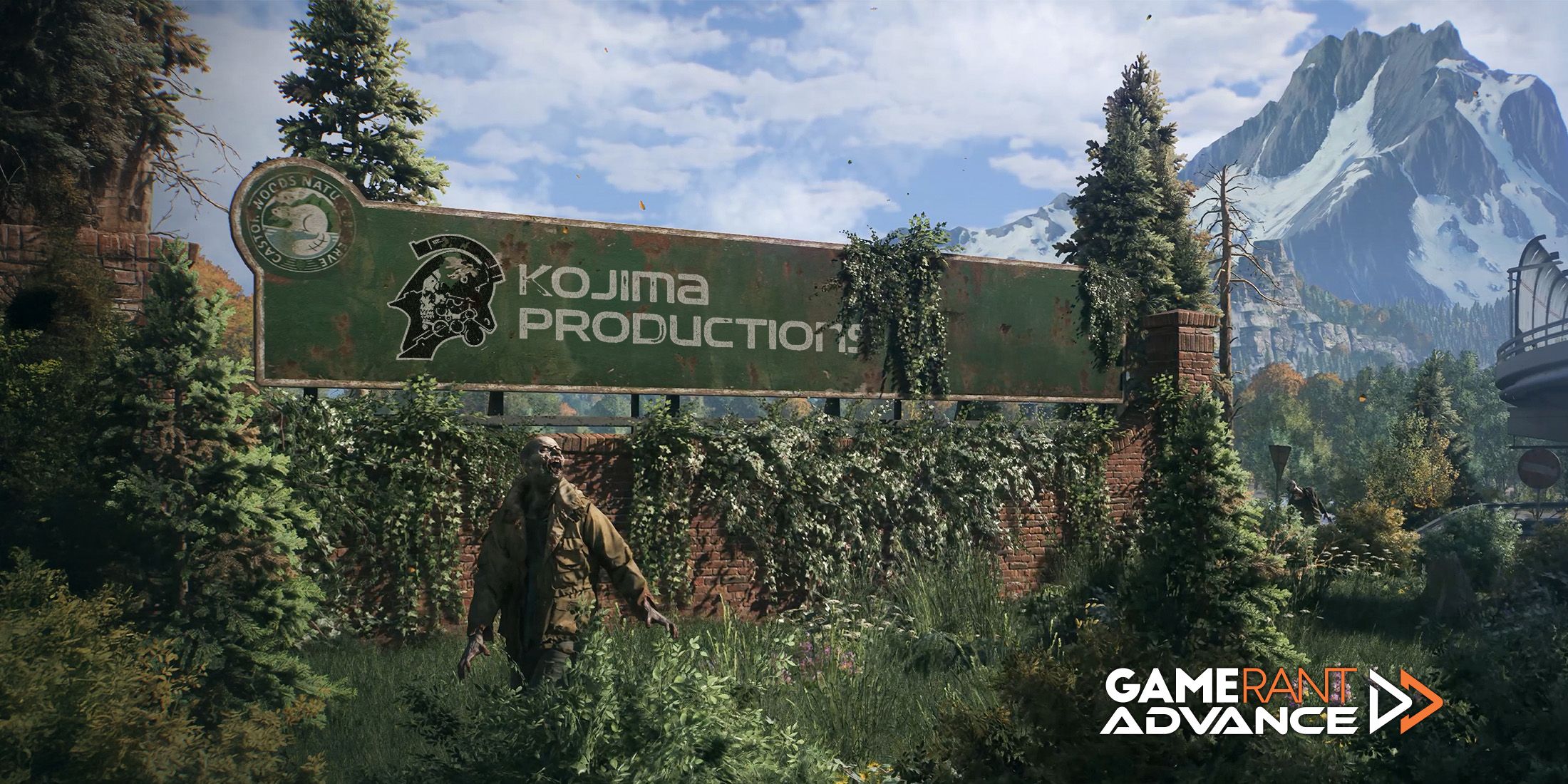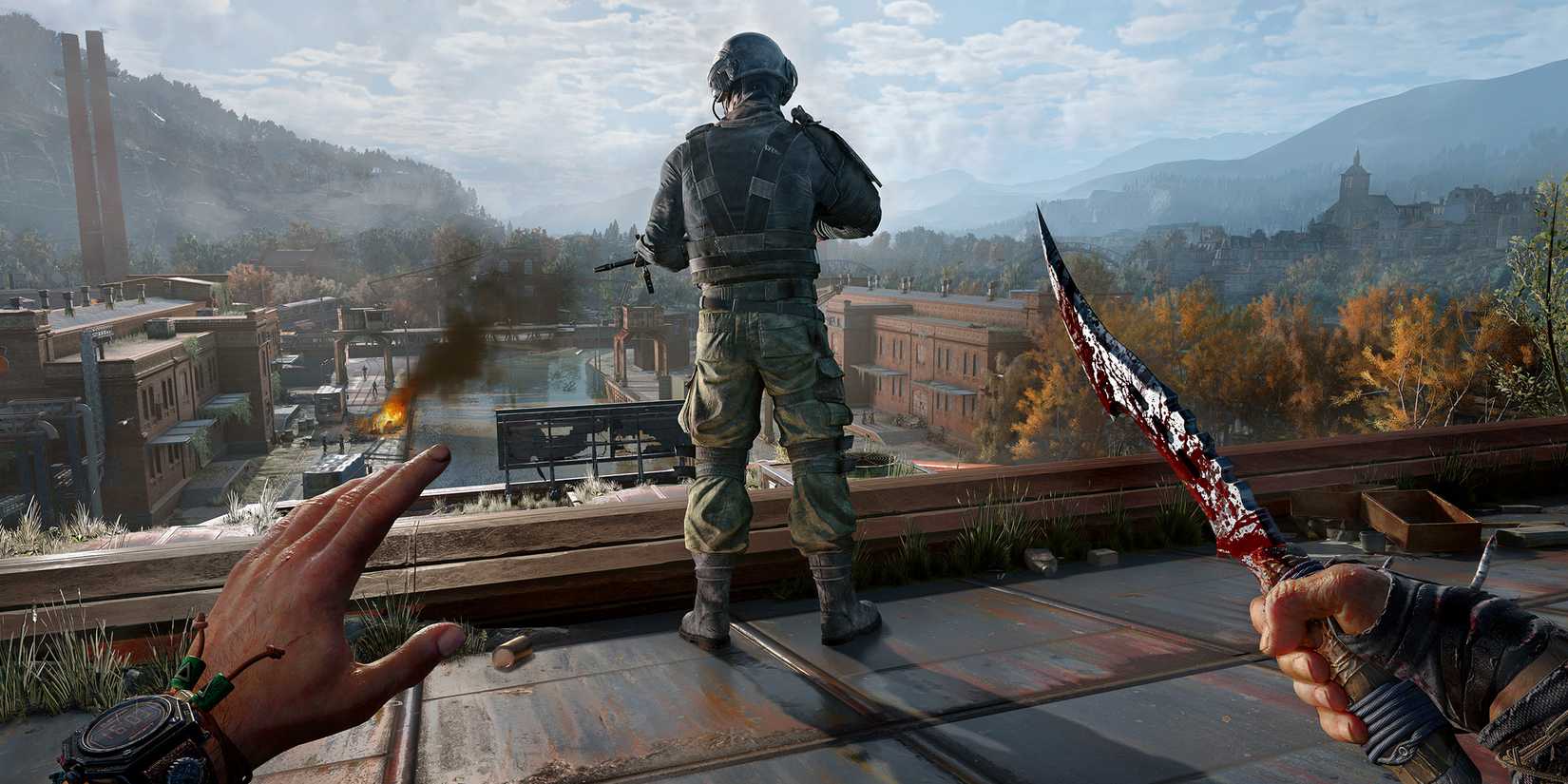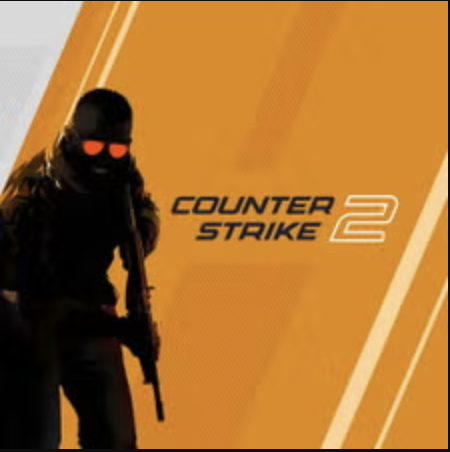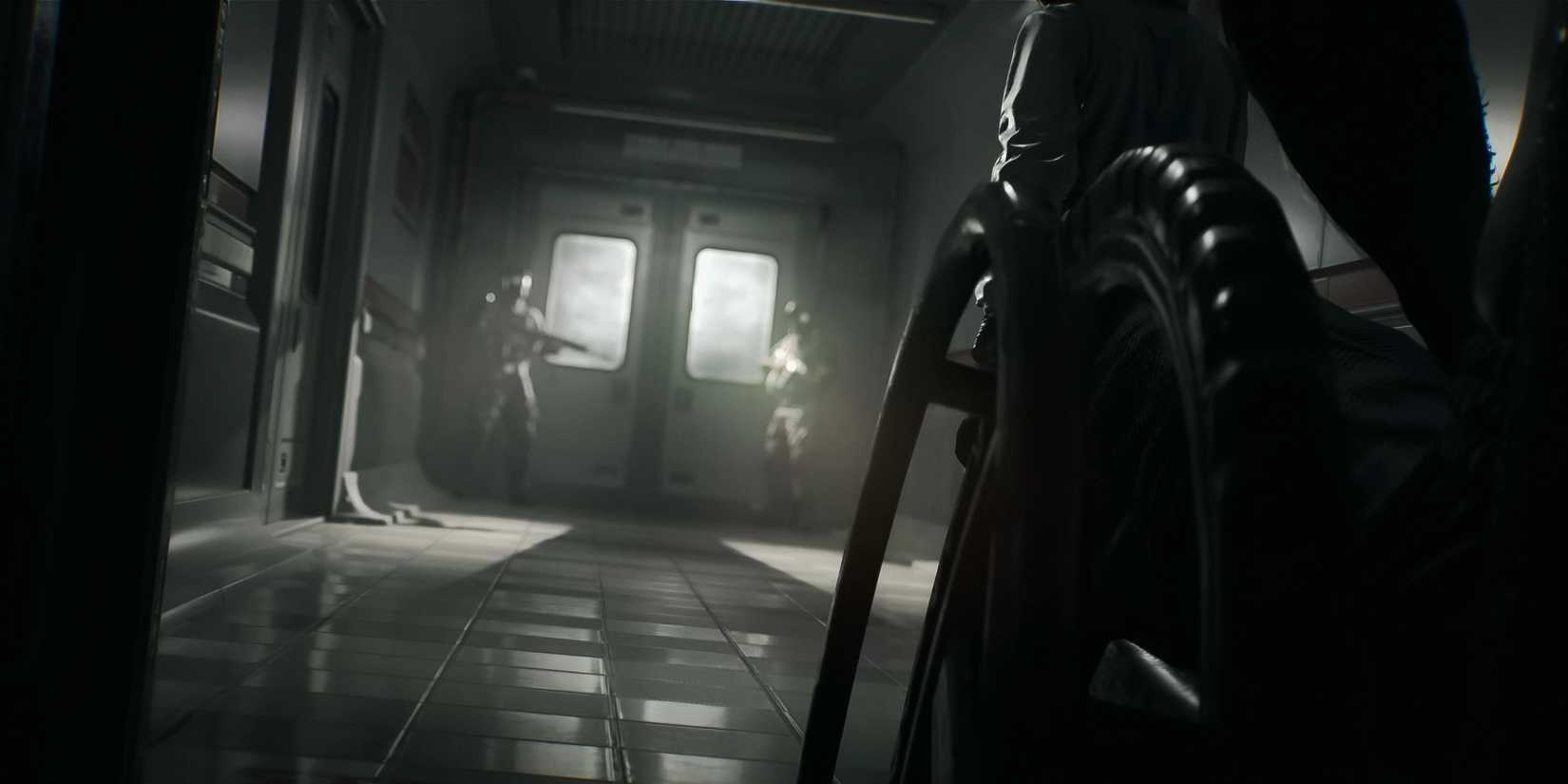Kojima Productions’ Surprising Role in Dying Light: The Beast
Popular Now
 Fall Guys
Fall Guys
 Sonic the Hedgehog™ Classic
Sonic the Hedgehog™ Classic
 Free Fire
Free Fire
 League of Legends
League of Legends
 Free Fire Max
Free Fire Max
 Toca Boca World
Toca Boca World
 Stumble Guys
Stumble Guys
 Fortnite
Fortnite
 Garena Free Fire: Kalahari
Garena Free Fire: Kalahari
 EA SPORT FC 25
EA SPORT FC 25  In a fascinating and unexpected development, it has been revealed that Kojima Productions, the studio behind the legendary Metal Gear Solid series and Death Stranding, has had a direct hand in the development of Dying Light: The Beast. While Techland has been the primary developer, a collaboration between the two studios has brought a level of cinematic and narrative depth to the new standalone title that is a clear departure from previous entries in the series. This partnership is a testament to the evolving nature of the video game industry, where creative collaboration between seemingly disparate studios is becoming more common. The news, which has been hinted at in subtle ways for months, was officially confirmed in a post-Gamescom 2025 press release, sending a wave of excitement through the gaming community.
In a fascinating and unexpected development, it has been revealed that Kojima Productions, the studio behind the legendary Metal Gear Solid series and Death Stranding, has had a direct hand in the development of Dying Light: The Beast. While Techland has been the primary developer, a collaboration between the two studios has brought a level of cinematic and narrative depth to the new standalone title that is a clear departure from previous entries in the series. This partnership is a testament to the evolving nature of the video game industry, where creative collaboration between seemingly disparate studios is becoming more common. The news, which has been hinted at in subtle ways for months, was officially confirmed in a post-Gamescom 2025 press release, sending a wave of excitement through the gaming community.
The collaboration seems to be a result of a shared vision between Techland’s franchise director Tymon Smektała and Hideo Kojima himself. While the partnership is not a full co-development, it is described as a “creative and narrative consultancy,” where Kojima Productions provided guidance on key aspects of the game’s story, cinematic presentation, and overall atmosphere. This is a brilliant move, as it allows Techland to focus on what it does best—visceral first-person combat and parkour—while leveraging Kojima Productions’ expertise in crafting compelling, cinematic narratives. The influence is most apparent in the new third-person cutscenes, the more personal and character-driven story of Kyle Crane, and a host of other small details that make the game feel more like a high-budget, theatrical production.
 The Influence of Kojima Productions on Dying Light: The Beast
The Influence of Kojima Productions on Dying Light: The Beast
The first and most obvious sign of Kojima Productions’ influence is the game’s new, more deliberate pace. While Dying Light: The Beast is still an action-packed survival horror experience, recent gameplay footage from Gamescom 2025 has showcased a more methodical and atmospheric approach to its narrative. The use of cinematic, third-person cutscenes to tell the story of Kyle Crane’s escape from “The Baron” and his subsequent quest for revenge is a clear departure from the first-person, more chaotic cutscenes of previous games. This new style allows for more emotional and visually striking moments, giving the story a sense of weight and importance that it might not have had otherwise. The focus on a more singular and canonical narrative, as previously detailed by Smektała, also feels very much in line with Kojima’s own storytelling philosophy, which often prioritizes a clear and authorial vision over player choice.
 In addition to the cutscenes, the new game’s “Beast Mode” also feels like a concept that could have been born from the mind of Kojima. The system, which allows Kyle Crane to tap into his monstrous side, is not just a gameplay mechanic; it’s a character arc. Crane’s constant struggle to control the monster within, his trauma, and the way he uses his “beast” abilities to take revenge on his captors all feel like themes that would be right at home in a Kojima game. The narrative is no longer just about survival; it’s about a man’s struggle with his identity and his inner demons, a far deeper and more psychological story than what we have seen in previous Dying Light titles. This kind of nuanced, character-driven narrative is a hallmark of Kojima Productions, and its presence in Dying Light: The Beast is a very welcome surprise.
In addition to the cutscenes, the new game’s “Beast Mode” also feels like a concept that could have been born from the mind of Kojima. The system, which allows Kyle Crane to tap into his monstrous side, is not just a gameplay mechanic; it’s a character arc. Crane’s constant struggle to control the monster within, his trauma, and the way he uses his “beast” abilities to take revenge on his captors all feel like themes that would be right at home in a Kojima game. The narrative is no longer just about survival; it’s about a man’s struggle with his identity and his inner demons, a far deeper and more psychological story than what we have seen in previous Dying Light titles. This kind of nuanced, character-driven narrative is a hallmark of Kojima Productions, and its presence in Dying Light: The Beast is a very welcome surprise.
What This Means for the Future of the Franchise
The collaboration with Kojima Productions is a massive statement of intent from Techland. It shows that they are not content with just making solid zombie games; they want to make cinematic masterpieces that are talked about for years to come. While Dying Light 2 was a success, its sprawling and often-bloated narrative was a point of contention for many players. By focusing on a more linear, personal, and cinematic story with The Beast, Techland is signaling that it is learning from its past and is willing to evolve. The partnership with Kojima Productions is a huge step in that direction. While it is unlikely to be a permanent collaboration, it has set a new standard for the franchise and has shown what is possible when two creative teams come together with a shared vision. As the release date of September 19, 2025, draws closer, the excitement for Dying Light: The Beast is at an all-time high, and the knowledge that a master storyteller has had a hand in its creation only adds to the anticipation.
SEO Keywords: Dying Light: The Beast, Kojima Productions, Techland, Hideo Kojima, development, game news, collaboration, Kyle Crane, PS5, Xbox Series X, PC gaming, cinematic, narrative.









 The Influence of Kojima Productions on Dying Light: The Beast
The Influence of Kojima Productions on Dying Light: The Beast